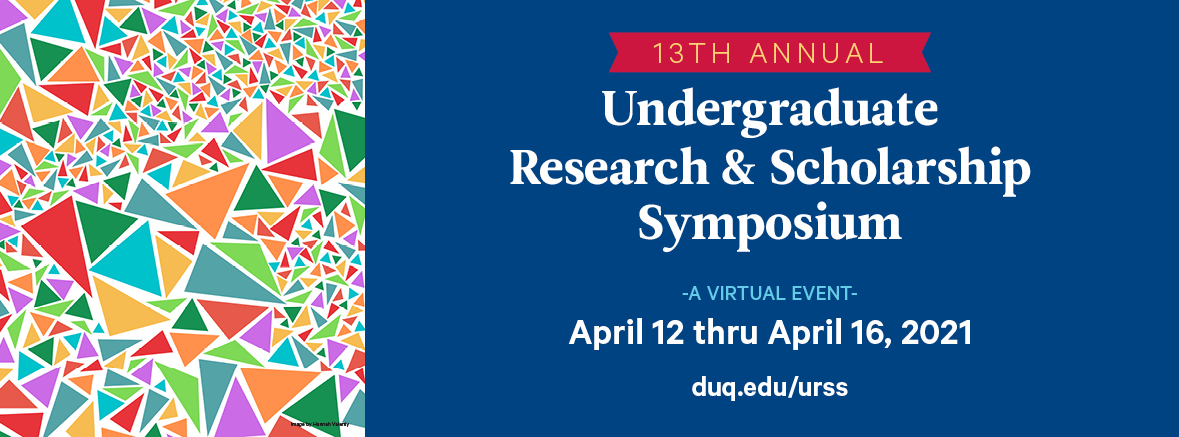Presenter Information
Christopher Cox, Mary Pappert School of Music. Undergraduate, Class of 2024.
Abstract
In the last ten years, a great deal of interest has been generated around the practice of using plants’ electrical signals to create sound or music. In order to render biosignals capable of producing sound electronically, some kind of interface is necessary that converts a plant’s natural electrical signals into data that a computer can understand. Existing commercial interfaces cost at minimum $3001,2 . Worse yet, two popular off-the-shelf interfaces conform their output signals to stereotypical human notions of what a plant might “sound like”. In this project we fabricated a simple but high-performance interface for less than $5 in parts. The interface sends electrical biodata to MAX/MSP, a powerful industry-standard software application ubiquitous among music composers, video artists and an enormous community of creative designers for decades. The minimally altered biosignals can then be harnessed to generate sound, video, light or movement. While many have approached this growing field cautiously, a great deal of misinformation has taken root in certain communities, sometimes attributing human qualities to plants. By using a simple, low-cost and minimally intrusive interface, we hope to provide a way to dispel unfortunate fictions, without demeaning the impressive abilities of plants to sense their environment and respond to stimuli. Our interface provides a means towards fostering more conscientious inter-species collaborations. Our presentation includes technical hardware specifications, circuit diagrams, and several MAX/MSP patches that produce musical notes or trigger pre-recorded sound samples in response to plants’ idiosyncratic electrical signals
School
Mary Pappert School of Music
Advisor
Paul Miller
Submission Type
Paper
Publication Date
April 2021
Included in
Electrical and Electronics Commons, Music Performance Commons, Other Music Commons, Other Plant Sciences Commons, Plant Biology Commons
Developing a Multimedia Interface for Electrical Biosignal Interpretation
In the last ten years, a great deal of interest has been generated around the practice of using plants’ electrical signals to create sound or music. In order to render biosignals capable of producing sound electronically, some kind of interface is necessary that converts a plant’s natural electrical signals into data that a computer can understand. Existing commercial interfaces cost at minimum $3001,2 . Worse yet, two popular off-the-shelf interfaces conform their output signals to stereotypical human notions of what a plant might “sound like”. In this project we fabricated a simple but high-performance interface for less than $5 in parts. The interface sends electrical biodata to MAX/MSP, a powerful industry-standard software application ubiquitous among music composers, video artists and an enormous community of creative designers for decades. The minimally altered biosignals can then be harnessed to generate sound, video, light or movement. While many have approached this growing field cautiously, a great deal of misinformation has taken root in certain communities, sometimes attributing human qualities to plants. By using a simple, low-cost and minimally intrusive interface, we hope to provide a way to dispel unfortunate fictions, without demeaning the impressive abilities of plants to sense their environment and respond to stimuli. Our interface provides a means towards fostering more conscientious inter-species collaborations. Our presentation includes technical hardware specifications, circuit diagrams, and several MAX/MSP patches that produce musical notes or trigger pre-recorded sound samples in response to plants’ idiosyncratic electrical signals

